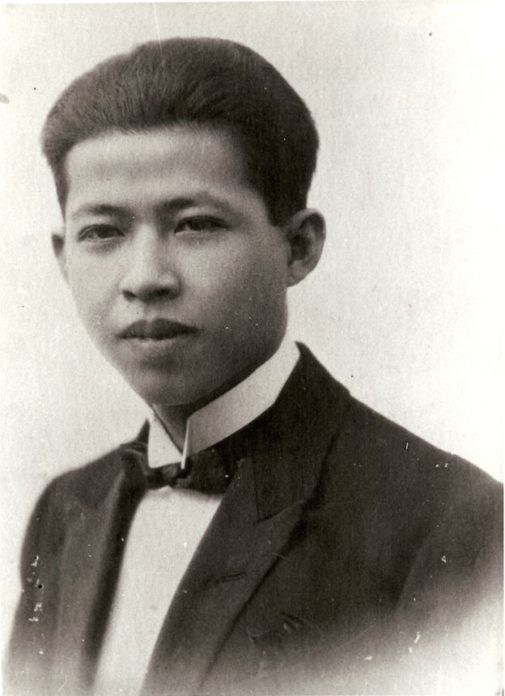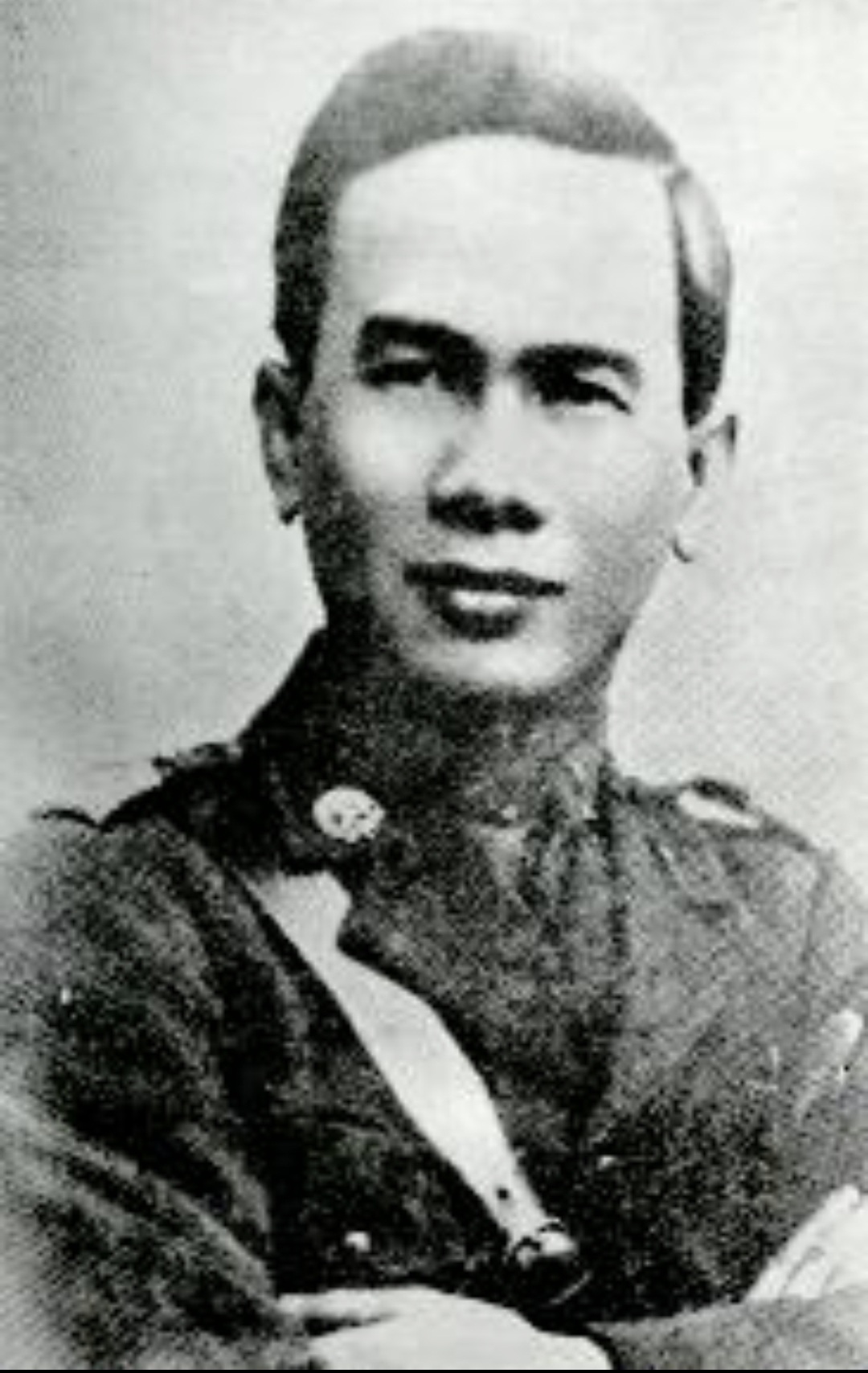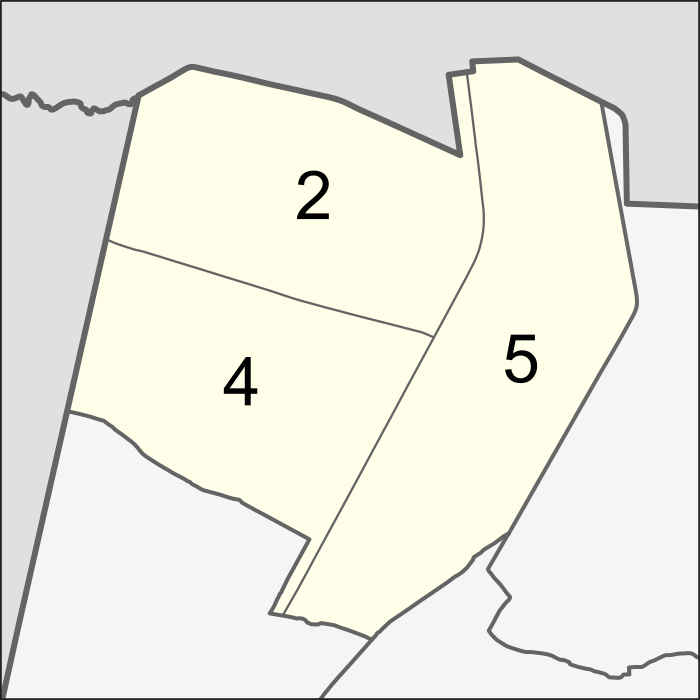|
Phahon Yothin
Phahonyothin Road (, , ) or Highway 1 is a main road in Bangkok and one of the four primary highways in Thailand, which include Mittraphap Road (Highway 2), Sukhumvit Road (Highway 3), and Phet Kasem Road (Highway 4). It begins at Victory Monument in Bangkok and runs north to the Burmese border, with a total length of . History left, Phahonyothin Road passing Lat_Phrao_Square.html" ;"title="Chatuchak Park view towards Lat Phrao Square">Chatuchak Park view towards Lat Phrao Square Phahonyothin Road was originally called "Prachathipat Road" (, ''Thanon Prachathipat'', literally "Democrat Road"), and reached just to Don Mueang. In 1938, Field Marshal Plaek Phibunsongkhram had the road extended from Don Mueang, through Bang Pa-In, Ayutthaya, Saraburi, Lopburi, and Singburi Province, Singburi, making it long. The newly lengthened road was renamed Phahonyothin Road, in honor of General Phraya Phahol Pholphayuhasena (formerly Phot Phahonyothin), the second Prime Minister of ... [...More Info...] [...Related Items...] OR: [Wikipedia] [Google] [Baidu] |
Phet Kasem Road
Phet Kasem Road (, , ) or Highway 4 (, ) is one of the four primary highways in Thailand, along with Phahonyothin Road (Highway 1), Mittraphap Road (Highway 2), and Sukhumvit Road (Highway 3). At 1,310.554 km, route 4 is the longest highway in Thailand. History file:MRT_Bangkae_station_-_view_toward_Lak_Song_station.jpg, left, Bang Khae MRT station and Phet Kasem Road (outbound) The construction of the road was finished in 1950 and was named "Phet Kasem" on December 10, 1950 in honour Luang Phet Kasemwithisawasdi (Tham Phetkasem), formerly the seventh director deputy general of the State Highways Department. Before that, it had been called "Bangkok–Khlong Phruan Road" (ถนนกรุงเทพ–คลองพรวน). Luang Phet Kasemwithisawasdi was the royal scholar of the State Railway Department (now State Railway of Thailand). He studied civil engineering in England and returned to work for the State Railway Department and then transferred to the State Highwa ... [...More Info...] [...Related Items...] OR: [Wikipedia] [Google] [Baidu] |
1932 Siamese Coup D'état
The Siamese revolution of 1932 or Siamese coup d'état of 1932 ( or ) was a coup d'état by the People's Party which occurred in Siam on 24 June 1932. It ended Siam's centuries-long absolute monarchy rule under the Chakri dynasty and resulted in a bloodless transition of Siam into a constitutional monarchy, the introduction of democracy and the first constitution, and the creation of the National Assembly. Dissatisfaction caused by the economic crisis, the lack of a competent government, and the rise of Western-educated commoners fueled the revolution. King Prajadhipok remained on the throne and compromised with Khana Ratsadon. Two coups occurred a year later, in April and June amid infighting within the government over Pridi Banomyong's socialist economic plan and a rebellion of the royalists. Background Absolute monarchy Since 1782, the Kingdom of Siam had been ruled by the Chakri dynasty. After 1868, King Chulalongkorn (Rama V) reformed a medieval kingdom into a cen ... [...More Info...] [...Related Items...] OR: [Wikipedia] [Google] [Baidu] |
Phraya Phahol Pholphayuhasena
Phraya Phahonphonphayuhasena (29 March 1887 – 14 February 1947), simply known as Phraya Phahon, was a Thai military leader and politician. Born Phot Phahonyothin and briefly educated in Germany, he was a member of the Khana Ratsadon and launched a coup d'état to become Prime Minister of Siam in 1933, a position he held until 1938. Early life Phot was born in Phra Nakhon Province (present-day Bangkok) to a Teochew Thai Chinese father, Colonel Kim (), and a Thai Mon mother, Chap (). His family took the surname Phahonyothin in 1913 per royal decree. After attending the Chulachomklao Royal Military Academy, in 1903 Phot was sent by royal scholarship to study at the Prussian Military Academy (''Preußische Hauptkadettenanstalt'') in the town of Lichterfelde, near Berlin, Germany, where he was allegedely a classmate of Hermann Göring and became acquainted with Hideki Tojo through sword duels. He was then sent to study at the Engineering College of Copenhagen in Denmark, b ... [...More Info...] [...Related Items...] OR: [Wikipedia] [Google] [Baidu] |
Singburi Province
Sing Buri (, ) is one of the central provinces (''changwat'') of Thailand. Neighboring provinces are (from north clockwise) Nakhon Sawan, Lopburi, Ang Thong, Suphan Buri, and Chai Nat. Toponymy The word ''sing'' originates from Sanskrit ''singh'' meaning 'lion' and ''buri'', from Sanskrit ''puri'' meaning '' buri mueang'' 'fortified city' or 'town'. Hence the literal translation is 'lion city', sharing the same root as Singapore. Geography Sing Buri is located on the flat river plain of the Chao Phraya River valley. Eighty percent of the areas are wide flat areas, of which the soil is suitable for agriculture. There are a small number of slopes in swamps of different sizes. The highest average height of the area is 17 meter above sea level. Floods will occur during the rainy season. The total forest area is or 0.5 per mille of provincial area. Climate Sing Buri province has a tropical savanna climate (Köppen climate classification category Aw). Winters are dry and warm. Temp ... [...More Info...] [...Related Items...] OR: [Wikipedia] [Google] [Baidu] |
Bang Pa-In
Bang Pa-in (, ) is one of the 16 districts (''amphoe'') of Phra Nakhon Si Ayutthaya province, central Thailand. History Bang Pa-in was established in the Ayutthaya era in the name ''Khwaeng'' Uthai. In the Rattanakosin era ''Khwaeng'' Uthai was divided to be ''Khwaeng'' Uthai Noi and Uthai Yai. In 1910 ''Khwaeng'' Uthai Noi was changed status and renamed to Phra Ratchawang District. The district name was changed again to Bang Pa-in after the name of Bang Pa-in island in 1915. Its name Bang Pa-in is believed to be distorted from ''Bang Phra In'' (บางพระอินทร์), literally meaning "place of Indra", refers to place of Inthraracha, the title of Songtham before became the king. It is believed that he was the son of Ekathotsarot and local woman named In (อิน) or O In (อออิน). Bang Pa-in in Ayutthaya era was once called ''Bang Kradan'' (บางกระดาน) or ''Bang Khadan'' (บางขดาน), which means "place of plain", since it ... [...More Info...] [...Related Items...] OR: [Wikipedia] [Google] [Baidu] |
Plaek Phibunsongkhram
Plaek Phibunsongkhram; 14 July 1897 – 11 June 1964) was a Thai military officer and politician who served as the third prime minister of Thailand from 1938 to 1944 and again from 1948 to 1957. He rose to power as a leading member of the Khana Ratsadon, becoming prime minister in 1938 and later consolidating his influence as a military dictator. His regime allied with the Empire of Japan during the Second World War, and his administration was marked by authoritarian policies and the promotion of Thai nationalism. He was closely involved in both domestic reforms and foreign policy during the war and played a central role in shaping modern Thai state ideology. Phibun was a member of the army wing of Khana Ratsadon, the first political party in Thailand, and a leader of the Siamese revolution of 1932, which replaced Thailand's absolute monarchy with a constitutional monarchy. Phibun became the third Prime Minister of Thailand in 1938 while serving as Commander of the Royal ... [...More Info...] [...Related Items...] OR: [Wikipedia] [Google] [Baidu] |
Don Mueang
Don Mueang (, , ; ; ) is one of the 50 districts (''khet'') of Bangkok, Thailand. It is bounded by (from north clockwise): Mueang Pathum Thani and Lam Luk Ka of Pathum Thani province; Sai Mai, Bang Khen and Lak Si of Bangkok; and Pak Kret of Nonthaburi province. Don Mueang regarded as the uppermost part of Bangkok. History Don Mueang was once part of Bang Khen, but it became a district in its own right in 1989. Later in 1997, the southern part of Don Mueang was split off to establish a new district, Lak Si. Don Mueang was originally called "Don I Yiao" ('the upland of hawks'), because of the upland terrain. The water was not flooded and teeming with wildlife including a variety of birds of prey, as well as hawk, hence the name. There was a number of people living in about 50 households only. Access to the area was only possible by railway. The new name was given by King Vajiravudh when the Royal Thai Air Force base was established there. When air force base and airport were ... [...More Info...] [...Related Items...] OR: [Wikipedia] [Google] [Baidu] |
Mae Sai Pass In Chiang Rai
Mae (stylized mae) is an American rock band that formed in Norfolk, Virginia in 2001. The band's name is an acronym for "Multisensory Aesthetic Experience", based on a course taken by drummer Jacob Marshall while a student at Old Dominion University. History Early years with Tooth and Nail (2001–2006) Jacob Marshall and Dave Elkins began what would become Mae by writing their first song, "Embers and Envelopes", in Marshall's living room. The band signed with Tooth and Nail Records and released their first album, '' Destination: Beautiful'', in 2003. They released their second full-length album, ''The Everglow'', in 2005. The band toured extensively to promote it, and also performed on the Vans Warped Tour. Mae re-released ''The Everglow'' in 2006, adding three new songs and a two-hour DVD. Move to Capitol, ''Singularity'', and ''(m)(a)(e)'' EPs (2006–2012) Later in 2006, the band signed to Capitol Records for their third full-length album. Mae began recording the album ... [...More Info...] [...Related Items...] OR: [Wikipedia] [Google] [Baidu] |




